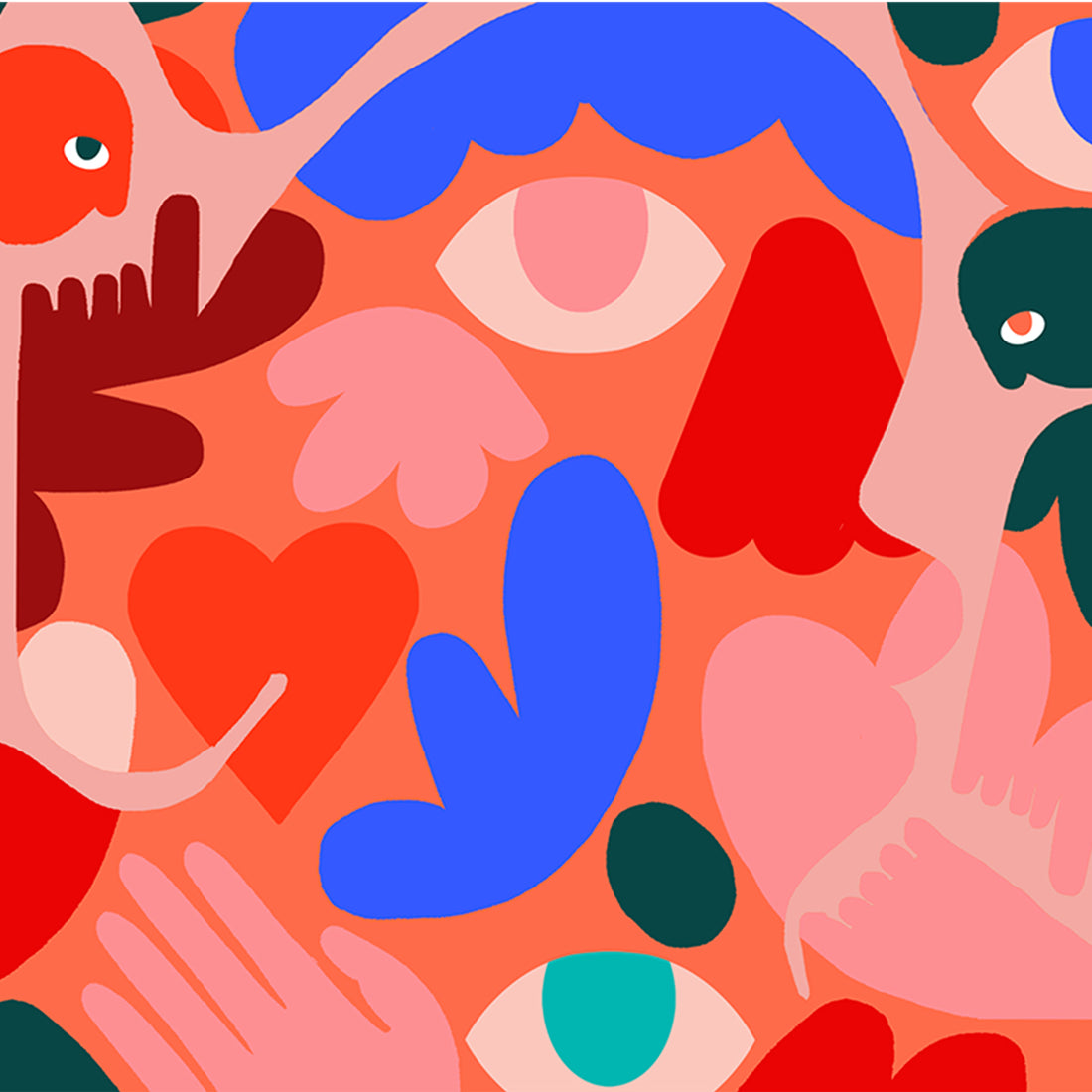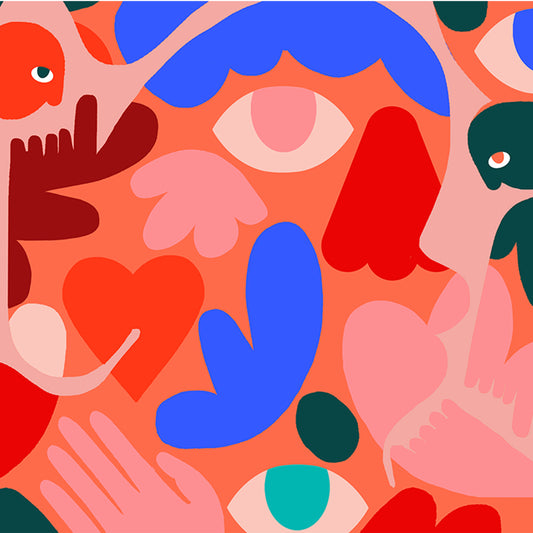What Is DBT?
You may have heard of cognitive-behavioral therapy (CBT), but dialectical behavior therapy (DBT) is essentially an offshoot of CBT. Although it was initially intended to help those with borderline personality disorder (BPD), studies show success with other mental health conditions, especially those with self-destructive behaviors, like eating disorders. Originally, psychologist Marsha Lineham sought to create a form of treatment for suicidal women experiencing emotion-related difficulties by studying literature on psychosocial treatments for those conditions. However, Lineham ran into an issue because, when she tried to enact interventions based on her research, many patients dropped out of treatment altogether. The patients found Lineham’s methods were focused on changing behaviors so much that they felt invalidated and misunderstood.At its core, DBT is a form of treatment that’s all about finding balance.Out of this issue, Lineham saw an opportunity to change how we treat mental health conditions. Instead of making the treatment focused on changing the individual, she began using interventions that help the patient feel accepted and learn to accept themselves and the world around them. It’s here where DBT was born out of a reliance on dialectical philosophy, where therapists strive to balance acceptance with strategies that help the patient grow and change. DBT became a resource for helping those with BPD. Standard treatment included weekly individual therapy sessions, a weekly group skills training session, and a therapist consultation team meeting. However, DBT’s structure can change as long as it follows some essential aspects.
What Is Included in DBT?
DBT may have to change to suit the patient’s needs, but every form of DBT treatment must consist of the five functions of treatment, biosocial theory, dialectical philosophy, and mindfulness. These aspects are unique to DBT, and a treatment without any of these characteristics wouldn’t be DBT. The first function is enhancing capabilities. Improving skills such as regulating emotions, navigating difficult interpersonal situations, and tolerating stress is a starting point for DBT. Those who go through DBT training, particularly those with BPD, often have trouble with these crucial skills. DBT gives them the building blocks to strengthen their abilities. In the second function, generalizing capabilities, patients learn to apply what they’ve developed to their daily lives. The third function, improving motivation and reducing dysfunctional behaviors, is especially crucial for those who experience behaviors that reduce their quality of life. The patient is asked to track their targets for treatment so that the therapist can focus on which behaviors stand in the way of reaching their goals. The fourth function, enhancing and maintaining therapist capabilities and motivation, is both for the therapist and for the patients they’re treating. An essential part of DBT is having a support network so therapists can most effectively and compassionately continue DBT treatment. This is where the therapist consultation team meeting comes in, as this meeting allows therapists to problem-solve together in the face of clinical challenges. In function five, the therapists structure their patients' environment to promote progress and not allow them to fall into destructive behaviors. For instance, a therapist may encourage someone who abuses drugs to remove themselves from circles of friends where drug use is common.By applying DBT’s teachings to everyday life, you’re creating an internal stability within yourself, helping you navigate whatever the world throws your way.Biosocial theory in BPD explains that those with the condition are biologically prone to emotional vulnerability. This is why DBT focuses so strongly on emotional regulation. Through the use of biosocial theory in DBT, patients learn behavioral skills to recognize, understand, and adapt their emotions. Dialectical philosophy is the groundwork on which DBT is based, as it plays a crucial role in helping the patients want to continue treatment. Essentially, dialectical philosophy strives to find a balance between two opposing forces: the patient’s need for change and their need to be accepted. The therapist must find that balance to encourage the patient to live a fulfilling life while respecting and loving themselves on their journey. This also ties into another essential feature of DBT, mindfulness. Through the use of mindfulness skills, the patient can feel more tied to the present and more willing to engage in acceptance of themselves, others, and the greater world.




























